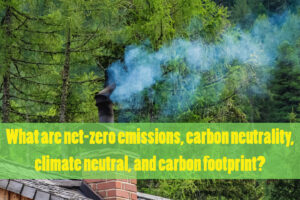Air pollution is a major public health concern worldwide. It is always important and interesting to know which countries have the dirtiest and cleanest air in the world, which may vary over different periods. In a previous essay, the top 10 countries with the world’s dirtiest air in 2019 were introduced. However, it remains interesting for me to know which countries have had the dirtiest air in previous years.
In a recent study, two scientists in Norway analyzed the data of ambient particulate matter (PM2.5) pollution, extracted from the OECD database, across 195 countries and territories between 1990 and 2017. They reported the top 10 countries with the dirtiest and cleanest air in terms of average annual PM2.5 levels during 1990-2017 (Figure).

Of the 10 countries with the world’s dirtiest air during 1990-2017, three are Asian countries (Nepal, India, Pakistan), six are African countries (Niger, Central Africa Republic, Egypt, Gabon, Cameroon, Equatorial Guinea), and remaining one is in the Middle East (Saudi Arabia). These countries with persistently high levels of PM2.5 depend primarily on solid fuels and traditional biomass.
In contrast, the top 10 countries with the world’s cleanest air from 1990-2017 were observed mainly in high-income countries. Of them, four are in Northern Europe (Denmark, Norway, Sweden, Finland), two in Southern Europe (Spain, Portugal), an additional two are in Northern America (Canada, USA), one in Southern America (Brazil), and the remaining one in Oceania (New Zealand). None of them had PM2.5 (annual mean) below the WHO guideline of 10 μg/m3 for air quality during 1990-2017.
The highest level of average annual PM2.5 was recorded in Nepal (57.91 µg/m3), which is 3.8 times more than the lowest average observed in Spain (15.12 µg/m3). In the next article, the top 10 countries with the highest and lowest mortality rates attributable to air pollution during 1990-2017 will be introduced.







worlwide publicity to save world envirenement .TOGETHER AGAINST POLLUTION .